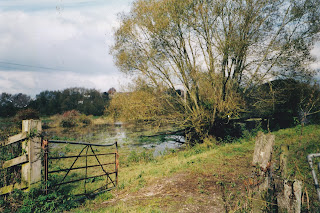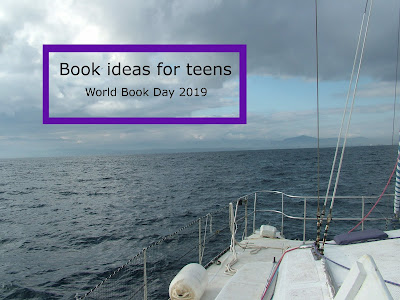First Aid and urgent care
Our first aid kit has now been replaced by one with a solid plastic case which sits in a holder on the wall. The contents remain very similar though and include:
Hydrocolloid dressings
Plastic gloves
Washproof plasters (various sizes)
Sterile dressings (various sizes)
Cleansing wipes
Sterile adhesive dresings (various sizes)
Emergency blanket
Instruction leaflet
Sutures
We also have a smaller travel kit (the red thing in the picture) which contains the same things but in a more convenient size to throw in a backpack for walking, kayaking etc. As I said before, this is a kit that suits us, our family size and family needs. It also takes into account our skills, experience and knowledge. There is little point in having kit you do not know how to use. Both of our newer kits were ordered online although most big pharmacies in Britain will stock them. The wall mounted one is designed for workplaces. If you are choosing a kit, look around at what is available and consider what contents would be most suitable for you.
We like to be as self reliant as possible and, in common with most families where the parents work in health care, the children have to have at least two legs and an arm hanging off before we worry. OK, that is an exaggaration. Obviously we do treat them as necessary if they are injured and accidents and emergencies do happen. The NHS is proudly free at the point of contact and as a family we fiercely defend the work it does. In the UK there are many options for urgent care and some of the best routes for finding the correct support are in the table below.
There are now also a number of NHS urgent treatment centres such as walk-in centres and the very good minor injuries units (MIU) which can do reviews, dressings, xrays and various other things. If you are in an unfamiliar area and need help a quick internet search will show you the local options. After a bike accident resulting in what turned out to be a soft tissue injury of the wrist, one of the teens was taken to the local MIU for assessment. The care was brilliant including a leaflet about after care and exercises
More seriously we had cause to fetch a defib recently, having it on standby whilst anxiously waiting for an ambulance. Known correctly as public access defibrillators (PAD), these pieces of kit are literally lifesavers. Once someones heart has stopped, CPR and early defib will massively increase a persons chance of survival. You may remember the scenes from the Euro 2020 football match when Danish footballer Christen Eriksen collapsed. PADs are now available in many public places and they are clearly signposted. Some are kept in locked cabinets and if so a code number will be provided by the emergency call centre when the 999 call is made. The best spot I've ever seen one was half way up Mount St-Michel in Brittany, France. It is a very steep climb in a remote place and is visited by huge numbers of tourists. Seems like a very sensible place to have one.
 |
| Signs in a small Devon village |
The PADs are easy to use and no longer require people to have training before they use them. The machine will clearly give audible instructions, have stacks of safety features built in and use flashing lights to show exactly when and which buttons need to be pressed. Survival rates for out of hospital arrests have risen dramatically since they have been more readily available, rising to 57.1% in London compared to only 7% (nationally) 20 years ago. It is not possible to cause harm as the machine will not deliver a shock if it is not needed. This link here will take you to a British Heart Foundation page all about the use of defibrillators.
The defib in our case was not used and was returned to its holder once the ambulance had departed. For us and the people who came to help, the reassurance provided by this piece of kit was enormous. Another bit of first aid learning from this misadventure though was that you don't need to fit a certain profile to have a heart attack. There is a type of heart attack (a spontaneous coronary artery dissection or SCAD) which affects mainly younger women with no cardiac history or 'usual' cardiac risk factors. If it looks like a heart attack it might well be even if it doesn't seem likely.
 |
| A public access defibrillator ready for action |
In most cases, first aid is very much about doing something far more than just having the equipment. Having a first aid kit is important but knowing how to use it is even more so. There are many different courses available suitable for different activities, people and situations. As well as skills and knowledge, a course can give you a bit of confidence and reassurance in an emergency to help you deal with whatever is in front of you.
Safe adventures to you all.






Comments
Post a Comment